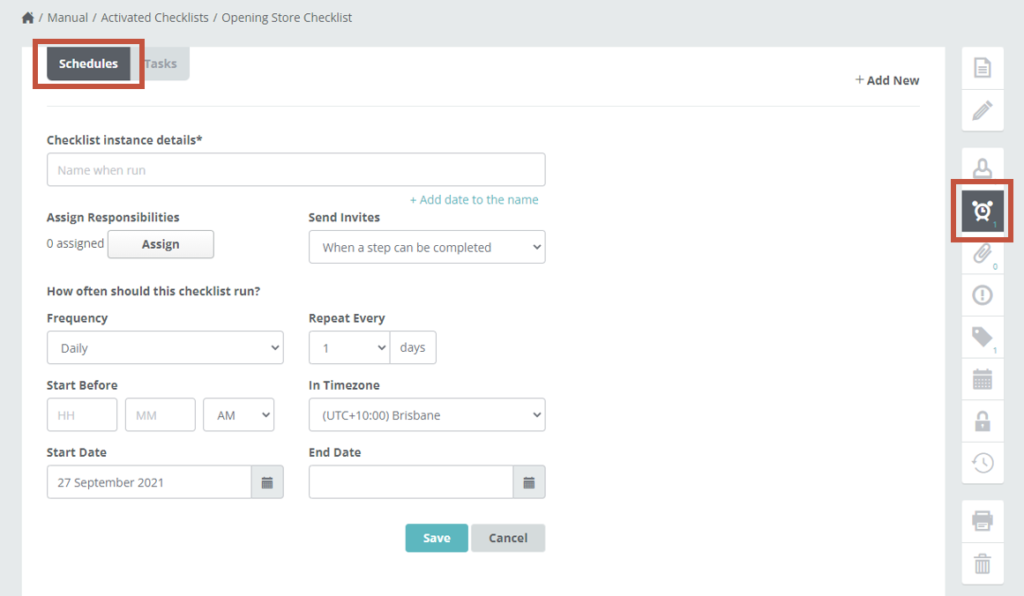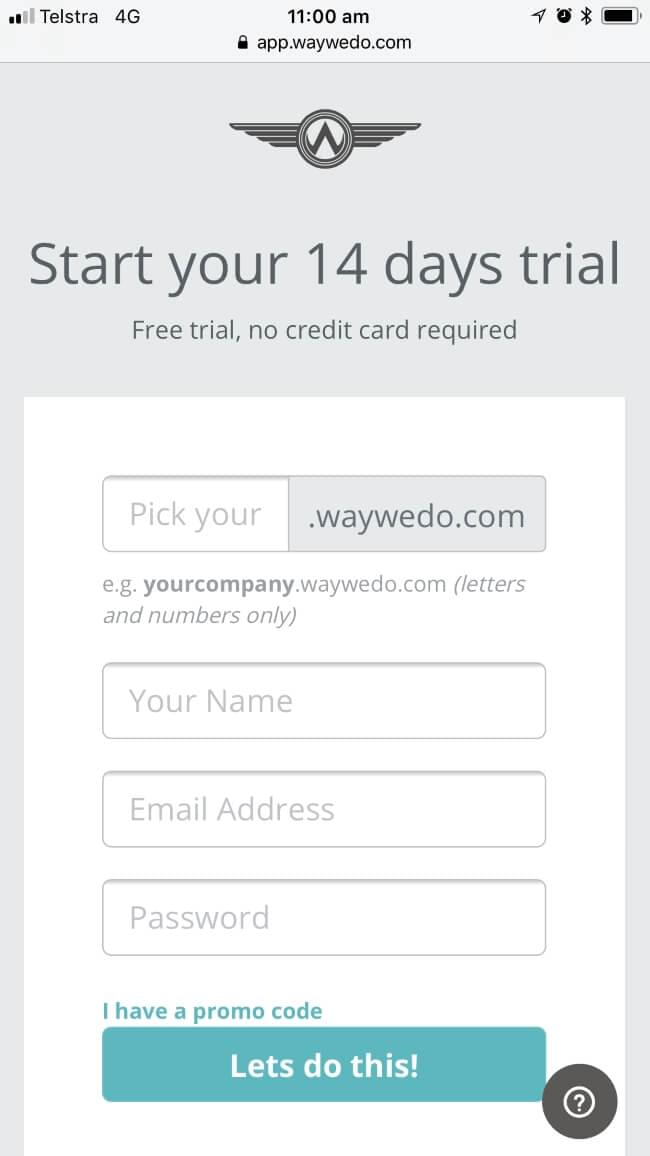One of the many challenges businesses face is keeping their policies and procedures as static PDF documents, buried in a file-sharing folder or stuck on a page on their intranet, gathering virtual dust, largely forgotten and out of date.
This can lead to inconsistencies in processes as well as knowledge gaps, not to mention opening the business to potential risks if things aren’t done correctly. It also means important reviews and deadlines might get missed.
Way We Do solves this problem by turning static policies and procedures into dynamic, interactive processes that can run automatically – at the right time and involving the right people – with a level of rigor around regular review frequencies to make sure they’re always up to date.
Benefits of repeatable processes
The immediate business benefits to this are clear: Processes get completed in a timely manner; there’s clarity around responsibilities; and it’s easier to maintain business processes so they’re always up to date.
Another benefit to maintaining documented, repeatable processes in Way We Do is that managers know what employees are performing what tasks and when, and that they’re doing them the right way.
There are two main facets to a people manager’s job: Their own tasks and deliverables, and those of the people they’re managing. Our workplaces are no longer the ‘Office Space’-style cubicle environment. Modern managers may find themselves with employees who work from home for part or all of their working weeks, or a team spread across multiple sites (maybe even across countries). This can make staying on top of all the work being done particularly challenging. Especially when even the informal water-cooler chats aren’t happening as much either.
When it comes to keeping track of your team’s progress and deadlines, Way We Do’s repeatable processes, with assigned Schedules, can give managers a level of assurance their people know what to do and when. It can even relieve some of managers’ supervision burden when checking up on their employees’ deliverables.
Schedules and Supervisor Sign-off
There are two functions on an Activated Checklist that can help people managers.
The first is Schedules. Adding a schedule to an Activated Checklist lets managers automate a process to begin at a nominated date and time, and set up a frequency for it to recur. Managers can then assign responsibility for the activity, either to specific individuals or roles. Team members then get a notification when it’s time to complete a task or their part of it.

Adding a Supervisor Sign-off step lets the employee know to send the completed checklist instance to their manager for review and approval. Not only does this let the manager know their team members are on top of their tasks, but it’s also a useful tool for managing any compliance requirements.

A customer use case for a ‘repeatable process’
One Way We Doer has implemented an Activated Checklist to manage a staff member’s diligence in complete a regular monthly task. Each month, six role groups across their organization are invited to complete their review and then submit the checklist to a supervisor for review and sign-off. There are several employees in each role, so this equates to around 48 checklists each month.
Their repeatable process helps ensure each employee is consistently fulfilling the monthly requirements for their role, and the sign-off elements ensures this is regularly checked.
Prior to using this approach, the business was using a Microsoft Form which was still a manual process and relied on employees remembering to complete their reviews each month. Once completed, they exported the form to an Excel spreadsheet, which they stored in SharePoint. The supervisor sign-off component was manual as well, and wasn’t recorded anywhere.
Building this into Way We Do turned the entire process into a fully automated one, including supervisor sign-offs. The activity remains in Way We Do with time and date stamps, and can be readily reported on if necessary.
This process is an important part of successfully managing the business for this Way We Doer. Implementing this new approach using Way We Do has transformed it from a burdensome, and often hit-and-miss affair, to one that is completed easily, consistently, and regularly, and gives the business’s managers the assurance they need that their teams are on task each each month.
The benefits of having repeatable processes and procedures that are well documented and regularly reviewed are clear. Way We Do takes it one step further, eliminating lost time and wasted effort so you can create a more efficient business – one that gives employees and managers more time to do the work that will grow and develop your business.





